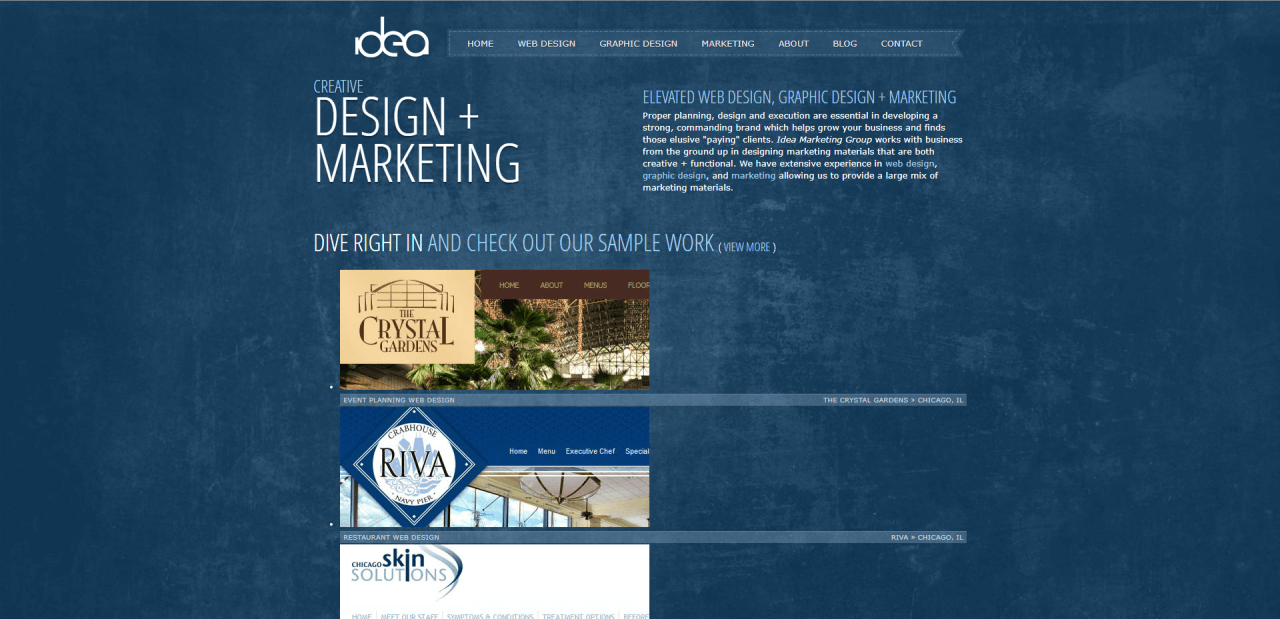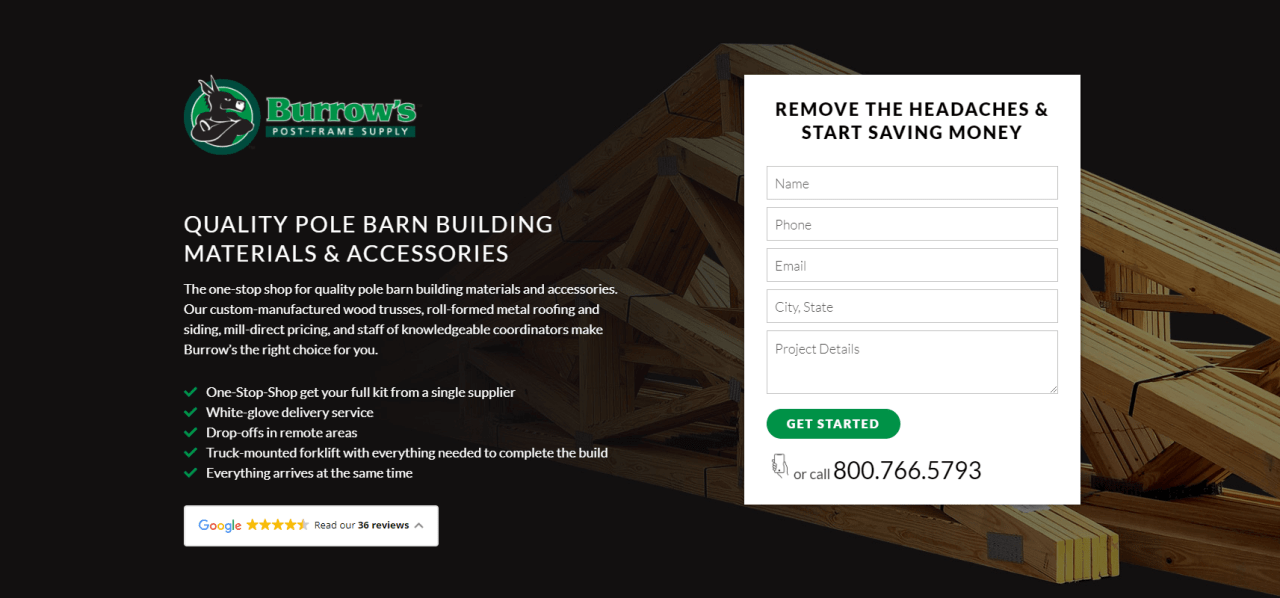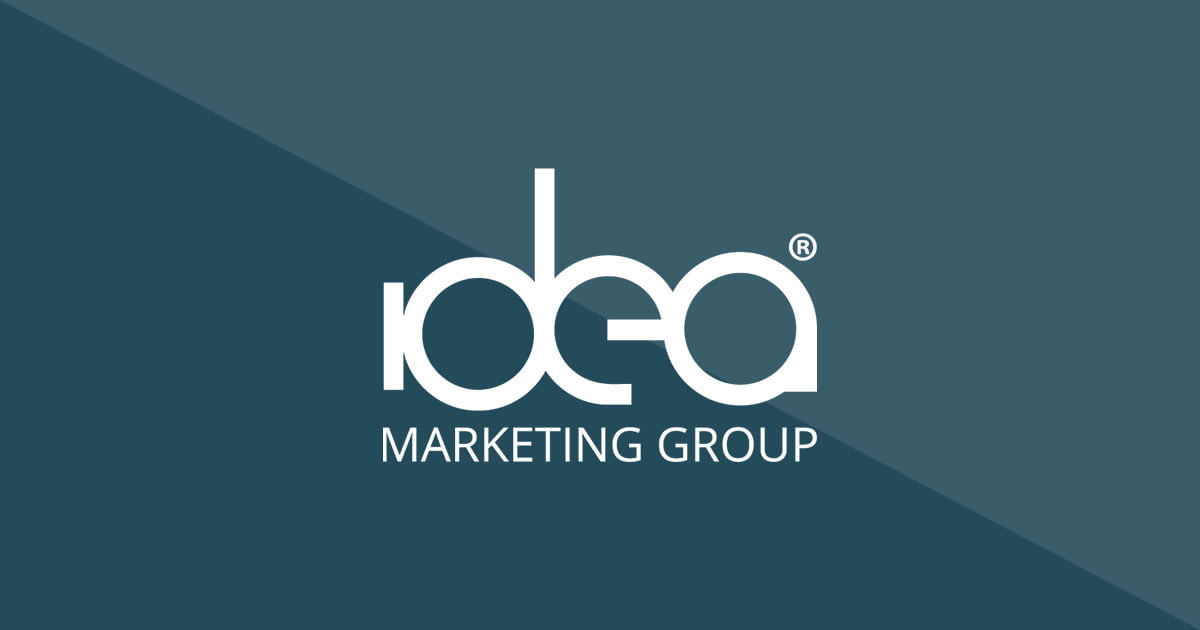Everything and everyone ages faster than we want. That includes your car, your favorite pair of shoes, the article you wrote about social media trends — everything. You can add your website to that list. It’s often the time for a website redesign before you realize it. In this article, we discuss how long is a website’s lifespan, how to extend it, and when to get a redesign.
A good rule of thumb is that you should overhaul your website every three years — but that’s a general and imprecise number. How can you decide when to redesign your website? There’s no magic, perfect number. However, there are best practices to extend your website’s lifespan and also indications that the time for redesign has come.

Why the Website’s Lifespan Is So Short
The truth is that the average website’s lifespan is even shorter than three years. It’s been calculated as about two years and seven months according to Forbes Magazine. Why so short? Because you and the world both move fast, things in the digital landscape are always changing.
Business Changes and Shifts Affect Website’s Lifespans
Your business continually evolves, and its website ages quickly the minute it falls out of sync. You need to continually update basic facts such as contact information, hours, and available products or services. But you also need to update brand messaging and aesthetics as you tweak them.
Industry Shifts Affect Website’s Lifespans
Have your competitors updated their websites to reflect emerging trends and technologies? If so, you’d better catch up. Otherwise, you risk looking out of touch and behind.
Search Engines Updates Affect Website’s Lifespan
Google changes its search algorithm in the neighborhood of 500–600 times a year.
Relax. You don’t need to worry about the vast majority of these updates, which are minor. However, some of these updates aren’t minor. They significantly change the way search engines rank websites and display information. This can impact your website’s SEO score and hurt your rankings. Since higher rankings mean more traffic, you want to keep this as high as possible.
For example, Google is continuing to place more emphasis on a mobile-first website design mindset. This means your site will be negatively affected if it isn’t responsive, made to display quickly and correctly on mobile or tablet devices. This creates a number of factors that need adjustments, like images. Larger images take longer to load and time is of the essence for the mobile user demographic. Creating a responsive website with image compression is a must.

Website Technologies Change Rapidly
Website technologies evolve at a rapid pace. Regular technical audits are necessary to maintain site speed and security. You also want to have the latest applications, making your site user-friendly with functions designed to help people manage searches and purchases more easily.
New website elements and functionality can help create a more engaging website for your business. These new elements and functionalities give you additional means to engage with and communicate with your target audience. Having a clean, modern website with the latest design elements and functionality signals to your customers that your business knows what it’s doing.
Design Trends Can Impact a Website’s Lifespan
Website design elements and functionality have changed over time. Just check out our own website from 2012 (below). The world may not have ended but thankfully this style of website did. If yours still remotely resembles this, contact our web design experts immediately. Overall, a lot has changed from the way websites looked a mere decade ago.
Besides functionality and elements, new layouts and color preferences come into fashion and shape users’ expectations when they visit your website. They also expect different forms of content such as videos, virtual tours, or 3D displays that weren’t the norm just a few years ago.
Video continues to grow in popularity and is now a critical part of the engagement level for your website. Leveraging video in the right way can keep customers engaged and on your website. Long term this also helps improve your website ranking. Learn more about the importance of Using Video to Tell Your Business’ Story With Ian Garlic.

How To Extend Your Website’s Lifespan
In order to get your full three years — or even more from your website’s lifespan— you need to make smaller website updates. Note that these are in addition to staying on top of regular software, security, and plugin updates. If you aren’t keeping up on your website updates, or aren’t sure, ask the experts.
Keep Information and Links Current
Above all, make sure that all information is up-to-date and that all links work as desired. Outdated material looks sloppy. It can confuse or frustrate users and negatively affect search engine optimization (SEO). If Googe finds contradicting official information, it will penalize your site. It’s not a big fan of broken links, either.
Use Landing Pages
Landing pages are great, temporary solutions that address a new need without altering the site’s fundamental architecture. Use them to send prospects to landing pages specific to the campaigns that brought them to your website. They also are ideal for tracking conversions from paid marketing campaigns. Below you can check out one of the landing pages our team of digital marketing experts created for a client’s Google Ad campaign.

Freshen Up Content
Add new features such as a video explaining your new offering or customer testimonials. These can go a long way in increasing your website’s lifespan.
You can also add a blog and post content regularly. Blogging for business can be hugely profitable because it gives you the opportunity to continually build and add to your website without necessitating a full redesign.
Streamline the Site
Not all web development requires you to add things. Website bloat can harm your business, too. Identify the elements of your site that aren’t generating the traffic you want. If they’re necessary to the site, change them up. If not, send them to the chopping block to help increase your website’s lifespan.
When you can’t afford a full redesign, creating a Paid Avertising Campaign (PPC) with a new landing page is a great temporary fix. This creates a page that drives users to action (conversion) and will look and feel new. When designed correctly, users won’t need to visit your main website before taking action. It’s a temporary solution when you’ve reached the end of your website’s lifespan.
Tweak Layouts and Visual Elements
Sometimes you just need to freshen up the look of the site. Adjust your homepage or another high-traffic page with a newer, more stylish layout. Switch out your featured graphics. Address a common website mistake you’ve discovered. Little changes can have disproportionately large effects. Don’t forget to check your images for size issues and alt tags!

When To Redesign Your Website
Now that you’ve learned how to increase your website’s lifespan through design, you may be asking: At what point do you forego the band-aids of website edits and commit to a complete redesign of your website?
The three-year website’s lifespan rule won’t work for everyone. For one thing, technology and design businesses run through websites at a higher rate. But no matter your industry, there are some indications that it’s time to pull the plug. Watch out for any of these signs:
- Your website can’t meet the latest standards in mobile-responsive design.
- Your conversion rates, SEO rankings, or search traffic have significantly declined.
- Your fundamental branding and message have changed.
- You struggle to integrate new material or make crucial updates.
- Your website doesn’t reflect changing industry values or practices.
- Forms and Leads Submissions are rapidly declining or drying up entirely
- You frequently discover or are told about broken aspects of the website
- Your content strategy has grown and demands a new organizational system.
- You notice that other websites — particularly those of competitors — are starting to look one way, leaving you the odd man out.
Depending on their extent, you may be able to handle some of these with minor adjustments. But ultimately these are just the early warning signs of brewing website problems and are likely already costing you sales and damaging your ranking more than you realize. Watch out for problems that run deeper and clusters of warning signs that appear around the same time. All of these indicate the impending end of your website’s lifespan.
Why Website Design Matters
But how much does website design really matter? Your business is the best at what it does. Will your customers really go elsewhere just because your website isn’t new and shiny anymore?
Yes. Design quality is one of the biggest factors that give websites credibility. People make snap judgments about your business based on your website. A single broken link or few additional seconds of load time can send them to your competitors.
Trust the best in website design and development
We understand that website design and maintenance can be somewhat confusing, but we’re here to help. As experts in website development and website marketing our team knows how to build a website that delivers results.
Contact Idea Marketing Group today to discuss your web redesign. We’ll start by crafting a detailed blueprint that fits your brand and strategy. After putting together an intuitive, optimized website, we also can help you maintain it at the highest level with regular updates and fresh content through our website optimization plan. This strategy can even add additional years to your website’s lifespan by addressing issues as they arise. With our experts and attention to detail, you save time and money by allowing our team to handle all your website needs.
There’s no stopping the clock, but we can help your website marketing keep pace with its relentless ticking and even stay ahead. With our website services, you’ll never worry about how long a website’s lifespan is because we handle your needs every step of the way.



